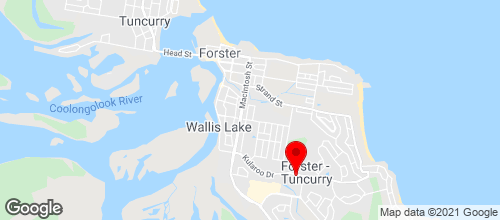Constipation in Cats
Is your cat having trouble doing his ‘twos’, straining at the ‘back end’ or completely ‘bunged up’? Constipation is a relatively common problem in cats but if not treated or managed correctly it can become a serious condition requiring hospitalisation or even surgery.
What is constipation?
Constipation refers to infrequent and difficult defecation. Constipation occurs when the movement of faeces through the colon (large intestine) is impaired. As the faeces sit in the colon, water and salt are reabsorbed back into the body. This results in hard and dry feces that are difficult for the animal to pass. If constipation worsens to the point where no defecation occurs, this is called obstipation.
There are many causes of constipation, and although initial treatment is often successful, the underlying cause should be determined to prevent constipation recurring, and to see if the constipation is just a sign of another more serious disease.
What are the signs of constipation?
If your cat goes outside to urinate and defecate, you may not observe the signs of constipation. These include straining, and pain during defecation, or passing either small amounts or no faeces. As constipation progresses, the cat becomes depressed and lethargic, inappetant, and sometimes vomiting and dehydration occurs. Sometimes small amounts of fluid that looks like diarrhoea may be produced as the cat strains, so owners think their cat has diarrhoea, and not constipation.
What are the causes of constipation?
Constipation or obstipation may be caused by many conditions, ranging from localised problems within the intestine itself to diseases affecting other body systems:
- diet – hair, bones, and indigestible material such as plants
- behavioral problems – refusal to use the litter tray or to go outside due to many factors
- pain on defecation – spinal pain, arthritis, anal sac disease, or a foreign body in the rectum such as a sharp piece of cooked bone
- obstruction of the large intestine – tumour, stricture, foreign body, a fractured pelvis that has healed abnormally to reduce the size of the pelvic canal through which the colon passes, and others
- megacolon – an enlarged colon that does not function normally
- dysfunction of the colon due to other diseases or nerve problems
What is the treatment for constipation?
The treatment of constipation or obstipation involves the removal of faeces from the colon. This can be accomplished by enemas, administration of laxatives, or drug therapy. In some cases, the cat needs to be sedated or anaesthetised to allow large amounts of soapy water to be used as the enema, and the hard faeces to be manually broken down. In some cases of obstipation, this process is repeated daily until all of the obstruction is passed. In addition, surgical removal of the damaged portion of the colon (colectomy) may be required in some cats with obstipation. A constipated animal usually is dehydrated so fluid therapy is often included in the treatment protocol.
Treatment depends on the cause, but often includes addition of fibre in the form of psyllium to the diet to make the faeces softer and easily deformable to prevent recurrent episodes of constipation. Laxatives may be also be required. If constipation progresses to obstipation, the prognosis is poorer because of damage to the wall of the colon and the risk of developing megacolon.
Contributors: Dr Rebecca Bragg BVSc, Dr Julia Adams BVSc
Categories: Cat Care
Tags:
